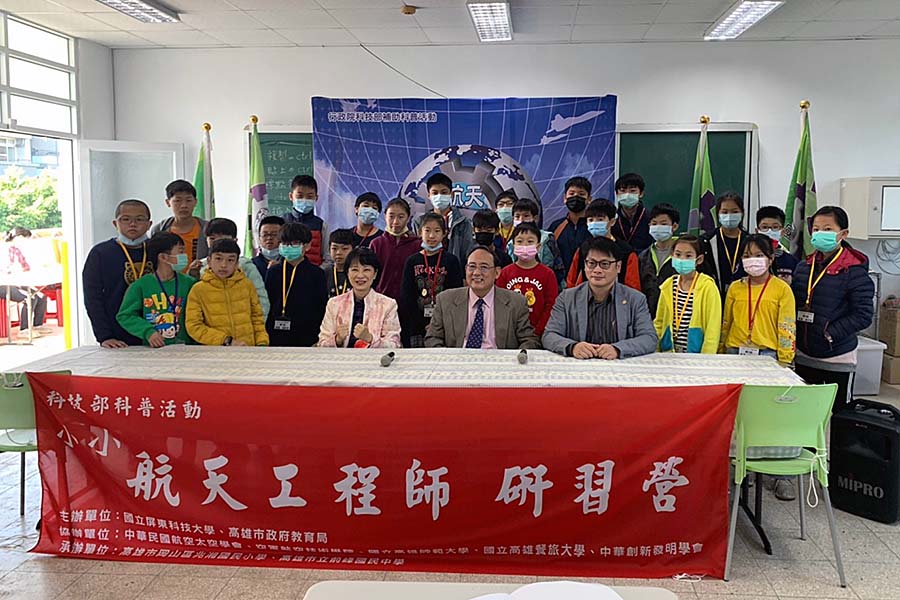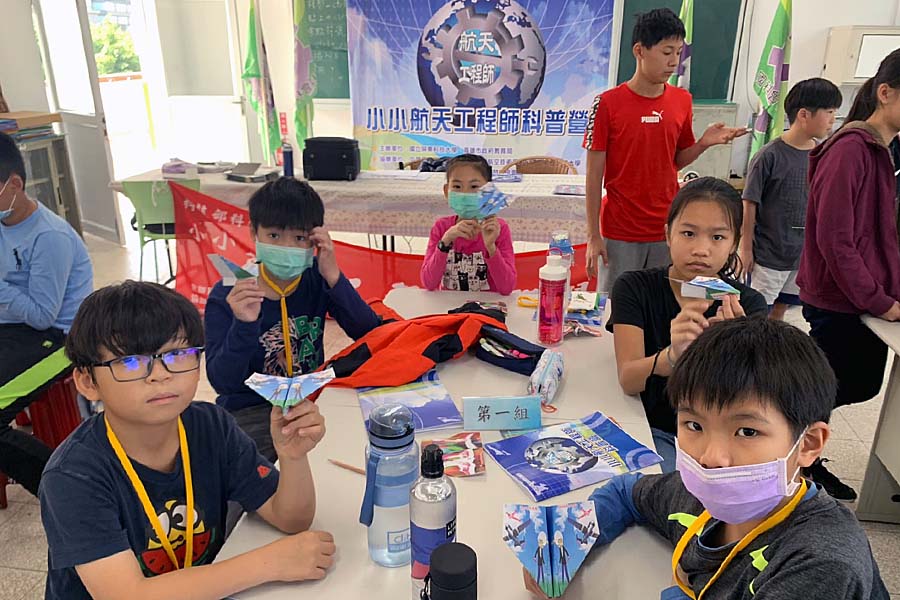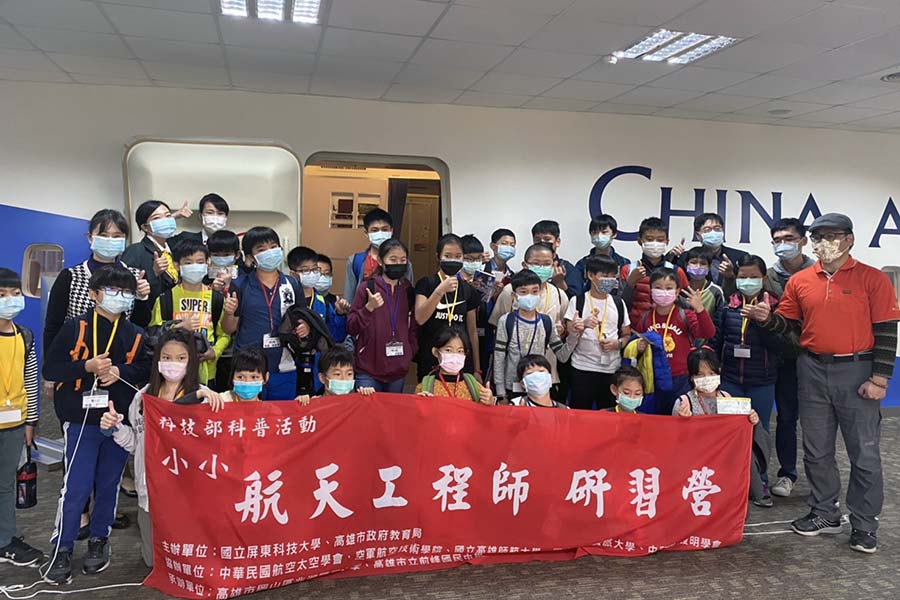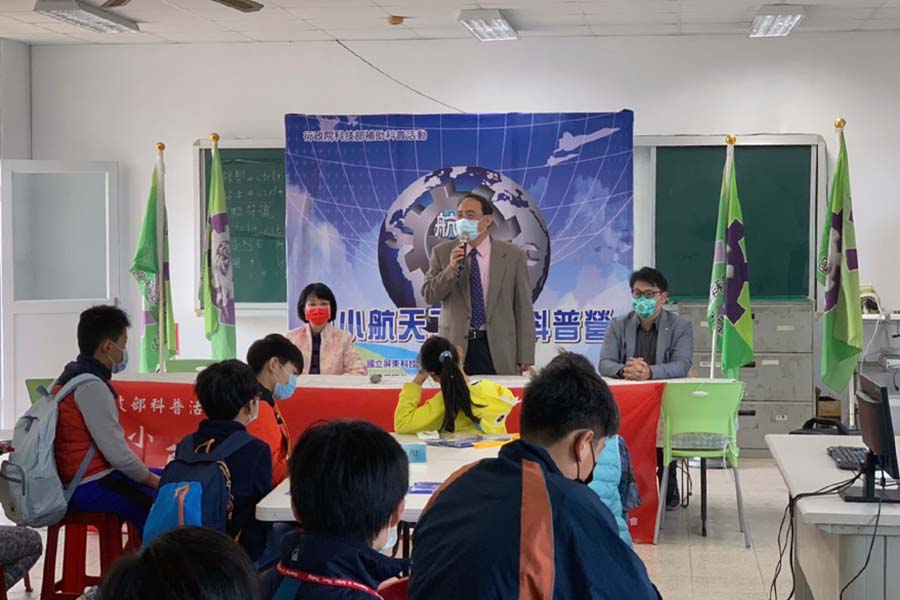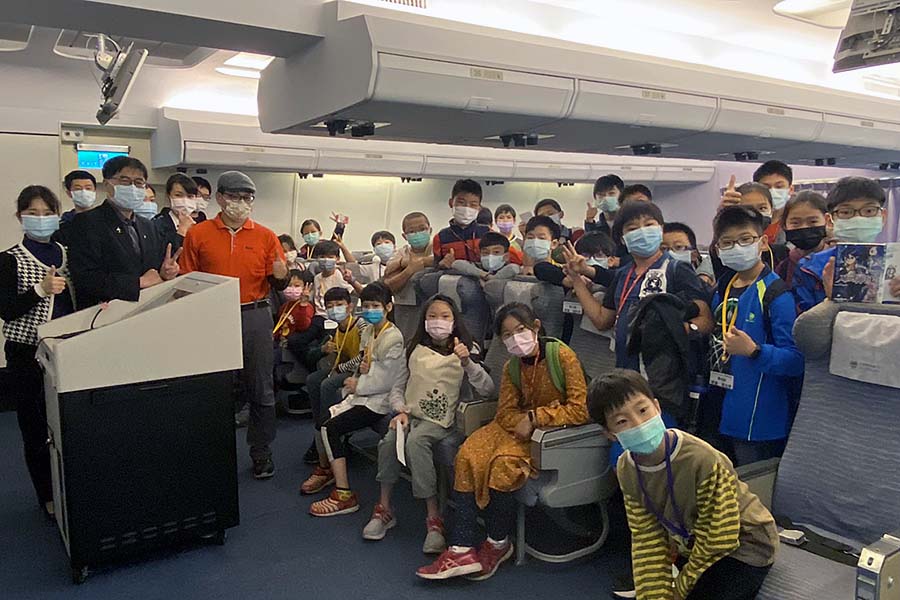In Gangshan, Kaohsiung—Taiwan’s “cradle of aviation services”— the mission is to raise up the next generation of leaders in the field. The effort brought together National Pingtung University of Science and Technology (NPUST), the Air Force Institute of Technology, National Kaohsiung Normal University, National Kaohsiung University of Hospitality & Tourism and the Kaohsiung City Government, who jointly put together the “9th Little Aerospace Engineer Popular Science Activity”.
The three-day event, running from January 25th to 27th, provided attendees with an experiential look at aviation science and gave them a look into the history of the country’s Air Force.
Dr. Chang-hsien Tai, the president of NPUST and Professor Hudson Hsu, the director of the Smart Mechatronics Program at the NPUST Professional College both contributed to the event. Professor Hsu explained that “using activities related to national defense aviation, young learners are able to experience the mysteries of aviation science. The students, parents, and volunteers participating in the event get to learn about the Air Force, understand the principles of flying, enjoy aviation science, and have some fun.”
Gangshan is the hometown of Taiwan’s Air Force and is the main hub for pilots and maintenance personnel in the country. From the Navy’s 61st Aviation Factory in the Japanese colonial era to the current Air Force Academy, Air Force Institute of Technology, and Air Force Command Headquarters— it is a place where the elements of aviation are deeply rooted.
The event, which was funded by the Ministry of Science and Technology and the local government, included a series of aviation-orientated popular science activities, including shock wave cannons, pneumatic line-throwing guns, alien UFO exploration, hand-floating gliders and floating wheels. Among these, the hand-floating gliders apply Bernoulli’s principle to allow flying wings float in the palm of one’s hand in such a way that appears quite magical. There were also a number of “simulation” experiences, including a Boeing 747 flight-attendant simulation, fighter jet flying simulation and high-speed rail driving simulation.
Some of the activities originally planned for the summer of 2020 had been cancelled out of precautions for the virus. But with the re-opening of activities this year, there was an overwhelming response from teachers and students in the Kaohsiung City area. At the same time, Zhaoxiang Elementary School, which hosted the event, has become quite a popular attraction with its ZTE fighter plane on display on campus.
In addition to the 3-day camp held for younger learners, an event to train elementary and junior high school teachers was organized for March and an aerospace science and creative science exhibition for April.



